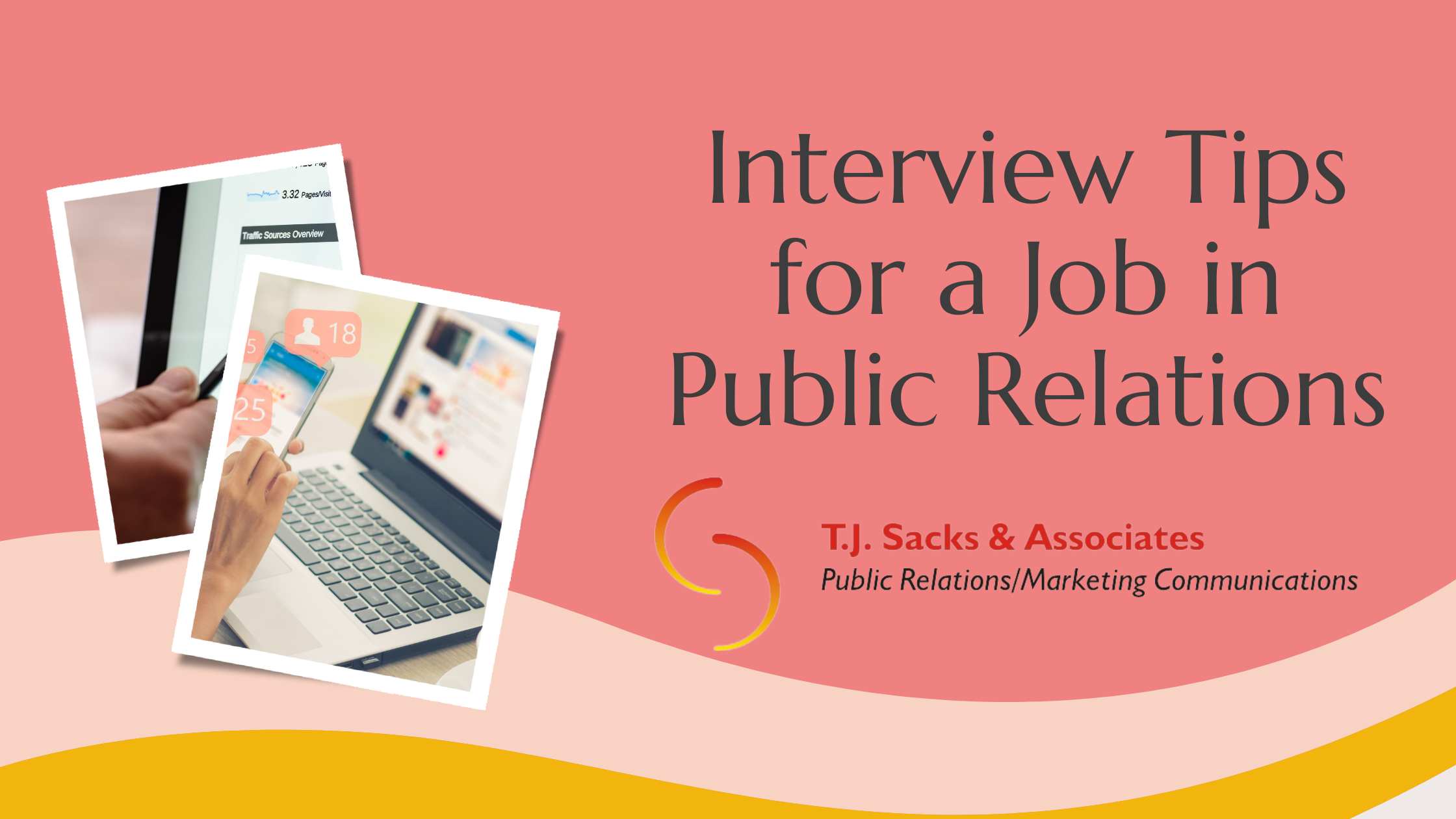
I just had a meeting with a potential new client from China. It went well enough that halfway through he asked me, “So how do you communicate with your clients?” To which I responded, “Telephone, text, Zoom, FaceTime or email.” He queried. “What about WhatsAp?” And right there, in my Park Avenue office conference room we stopped our meeting in order to connect via WhatsAp.
I think it’s an extraordinary thing that we now have so many tools with which to communicate to potential clients, friends and family…yet, somehow the art of communication has fallen to the wayside.
Here are a few of some valuable tips on how to make the most out of the art of communicating:
· Come prepared. Prepare a list of points that need to be covered in the conversation.
· Listen before you speak. Make sure you have not only talking points prepared, but also listening points. Don’t be in such a hurry to get your opinion or thoughts across and therefore miss the important nuances that are coming from your client.
· Avoid relying on visual aids. Steve Jobs instituted a rule at Apple that banned all PowerPoint presentation. Be prepared to use works, compelling storytelling and nonverbal cues to communicate your points.
· Non-verbal cues. One study found that nonverbal communication accounted for 55 percent of how an audience perceived a presenter. That means that the majority of what you say is communicated not through words, but through physical cues. Fill up the space you are given, maintain eye contact and if appropriate, move around the space.
· Don’t interrupt. It is very rude to interrupt a person while they are speaking. Nobody likes to be interrupted because it hampers the thought process and it is disrespectful.
· Don’t be defensive. Be neutral and transparent so that you can understand what is being discussed. Always maintain the balance in the conversation so that everyone involved in the discussion has a fair part in it.
· Don’t deviate. Stay focused on the agenda at hand. Always maintain the balance in the conversation so that everyone involved in the discussion has a fair part in it.
· Be confident. If you’ve been invited to the table, then assume that you are expected to be part of the conversation. Don’t look for validation or an invitation to join the conversation from your superior.
· Be open to new ideas. New ideas can come unexpectedly, so if a younger, less experienced member of the team comes up with a great new idea, or helps open your eyes to a new direction, be open and receptive.
· Explore new communications methods. Just like when my Chinese client suggested opening a line of commutations via WhatsAp, be open to some of the newer technology that may make communication easier, faster and more effective.
Master the art of timing. Great communicators, like all great comedians, are able to feel out their audience to determine when to move on to a new topic or when to reiterate an idea.


